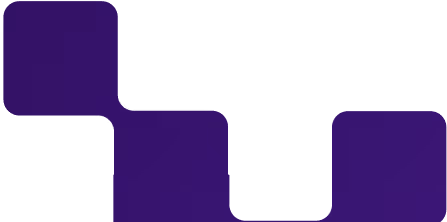As a startup founder, you absolutely need to understand your burn rate – it’s crucial to navigating the journey toward sustainable growth. It will also help you avoid financial extinction events.
Burn rate is usually the first metric founders learn about. It's impossible to avoid it if you're starting and growing a company. Once you decide to fundraise, it will be one of the first and most important startup metrics investors will ask for.
Let’s define startup “burn rate” and “runway”, and then walk through how to calculate it.
Think of it as your company's lifeline.
A burn rate represents how quickly a startup spends money and uses its cash reserves before becoming cash flow positive or needing additional funding. If you have a moonshot idea, burn rate is the fuel that will get your rocket to the moon.
Whether your destination is the moon, Mars, or profitability, knowing your burn rate is like knowing how much fuel you have left to get to your destination – it dictates your startup's lifespan. The further your destination, the more fuel you will need. The quicker you burn through your reserves, the less time you have to achieve your mission.
Understanding your cash burn rate—how quickly you're using up that precious fuel—is one of the most important skills you’ll need to master as a founder. Luckily, this doesn't require decades of mastery or even any trial and error. Just the right tools in your startup's finance tech stack.
There are several types of burn rates and each will give you different insights into your expenses:
This will depend on your company's specific needs and stage.
For most, net burn rate offers the best balance between simplicity and insight, giving a clear picture of cash flow without the distortions of one-time investments or expenses. However, considering all types, including a monthly average spending or custom calculations, can help you reach positive cash flow.
This financial stability is not just about having more money coming in than going out; it's a testament to your startup's ability to sustain itself without the constant need for external funding from investors.
Net Burn = (Monthly Revenue) - (Monthly Operating Expenses)
Example:
This is why you need accurate metrics and real-time insights into your finances. Make sure your accounting software offers real-time insights into your burn rate and cash flow. Navigating your finances without up-to-date information is like traveling without a compass. Knowing what your burn rate was last month isn’t really all that valuable.
Puzzle's accounting software gives you real-time access and a clear overview of your operating expenses, revenue, cash balance, burn rate and more. We recently introduced a custom burn rate feature, allowing founders to explore various scenarios and their potential impact on the company's runway.
Hand in hand with the concept of burn rate is your startup's runway.
Runway measures how long your business can operate before needing to be cash flow positive, profitable, or secure additional funding. It's a forecast that hinges on your current burn rate, showing how much time you have to achieve your business goals.
Following the moonshot analogy, your cash runway length tells you how long you can keep flying before you need to make a crucial landing. In other words, your burn rate determines your runway.
Growing a company is unpredictable - keeping a close eye on your burn rate and runway will help you survive.
Runway in Months = (Current Cash Balance) / (Monthly Burn Rate)
Example: With a cash balance of $300,000 and a monthly burn rate of $30,000,
Runway = $300,000 / $30,000 = 10 months.
Calculating your runway is pretty straightforward, but many founders fail simply by not running the numbers often enough. You should be aware of your startup’s current runway at any moment in time.
Mistakes in categorizing transactions, timing differences in expenses, and unusual inflows can lead to bad data and an inaccurate view of your financial health. Always review your three-month average, it can help mitigate these issues and give a more stable view of your burn rate over time.
🚩 Other mistakes that can significantly affect the accuracy of your finances:
Having real-time insights into your financial metrics significantly helps avoid these mistakes. Your burn rate and runway are your best navigational tools. Understanding them isn't just about keeping your startup afloat; it's about creating the strategy you need to reach your goals.
Get real-time insights into your finances today.





